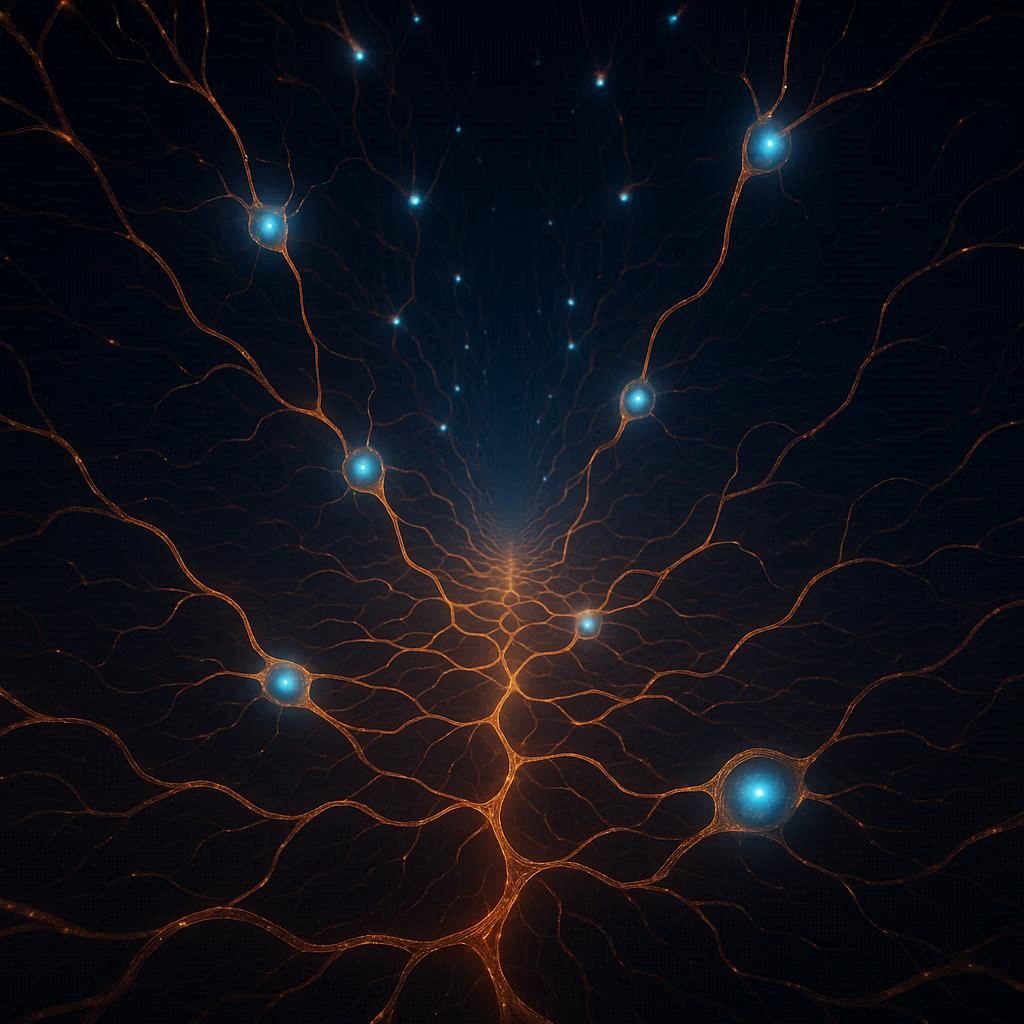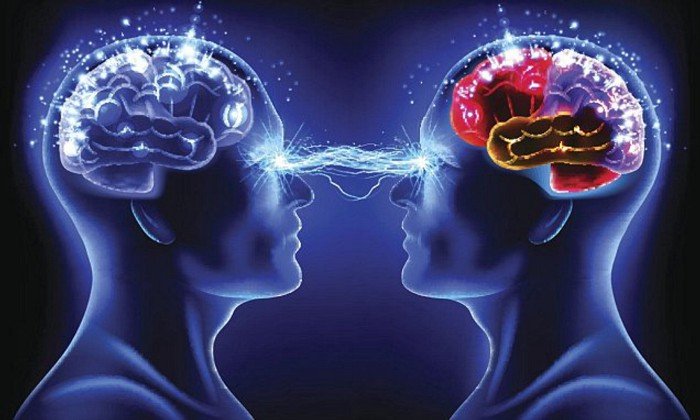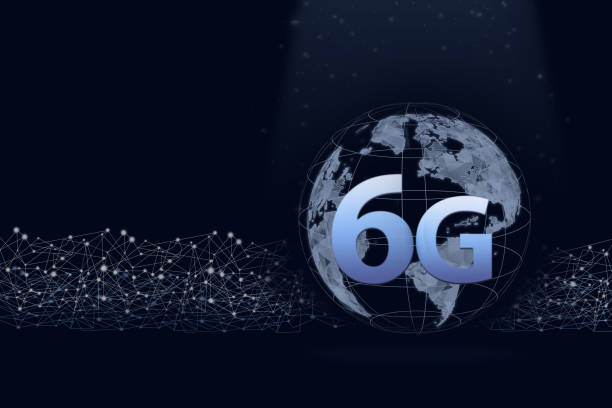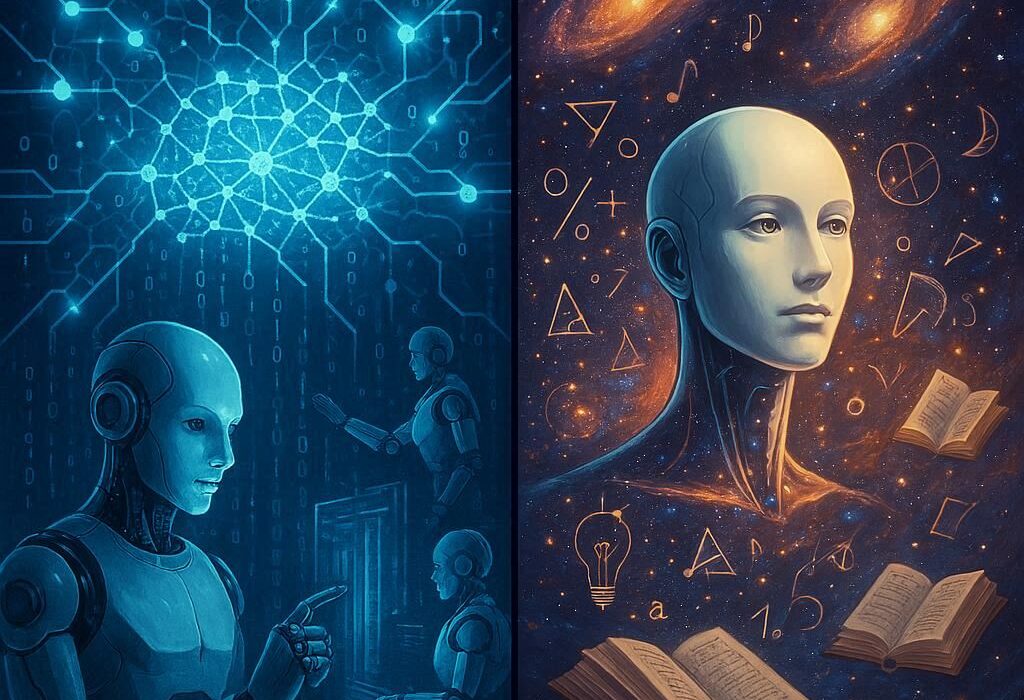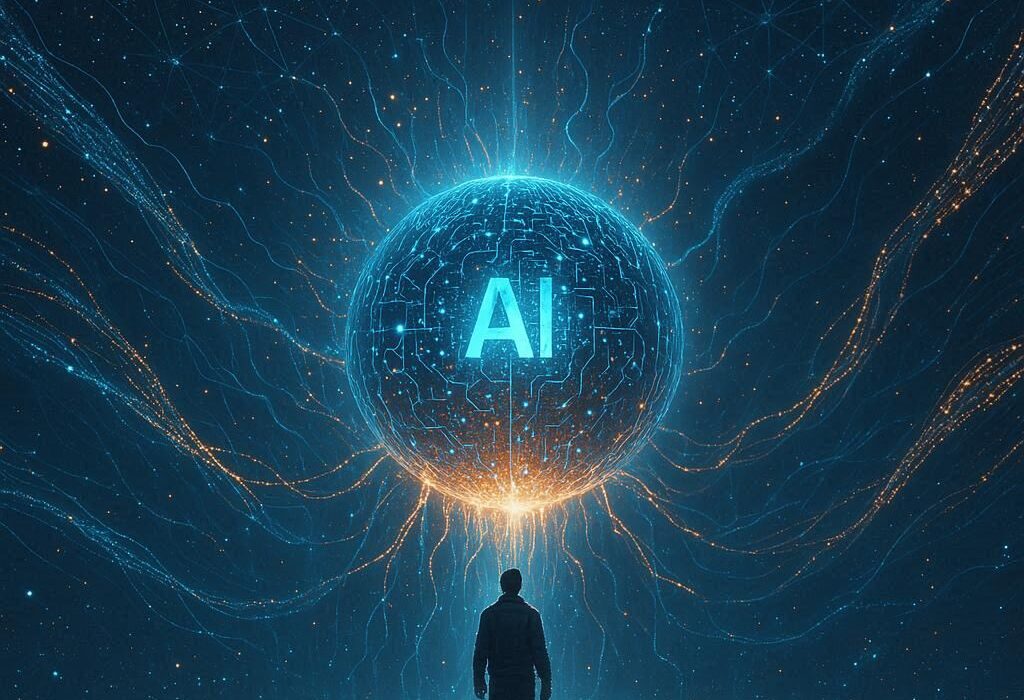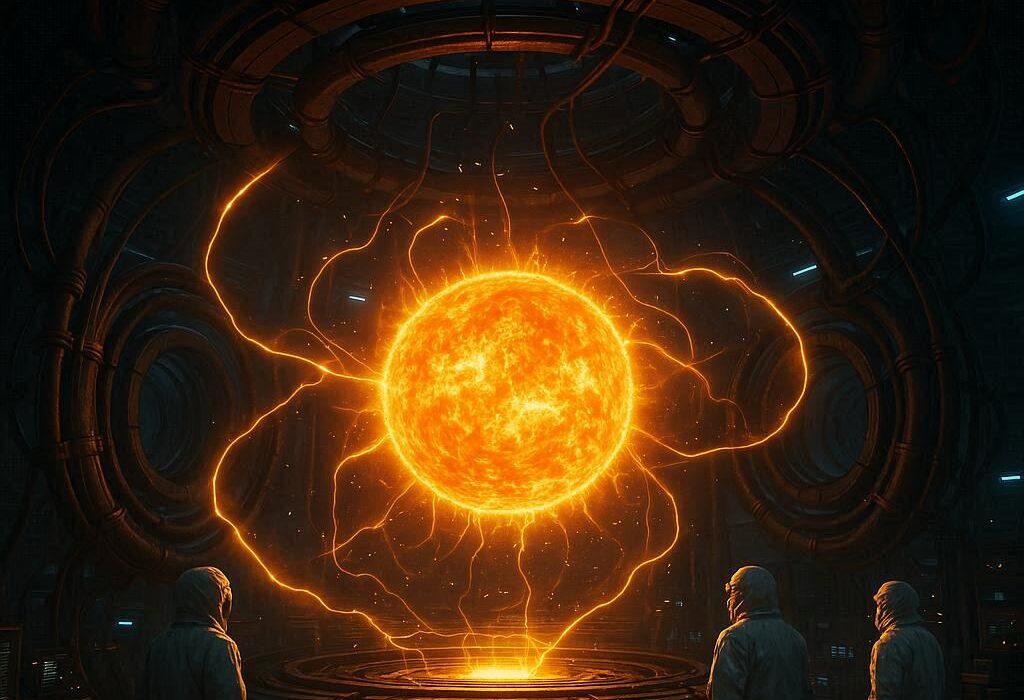The story of human civilization has always been the story of intelligence. From the moment our ancestors first sharpened stones into tools, to the invention of writing, to the industrial revolution, intelligence has been the driving force behind every leap forward. Yet, for the first time in history, humanity faces a future where intelligence might not remain uniquely ours. Machines, once simple calculators, are now evolving into systems capable of reasoning, learning, and adapting. If current trends continue, by the year 2030 we may witness the rise of artificial intelligence that outthinks humanity itself.
The possibility feels both awe-inspiring and terrifying. On one hand, such a development could solve problems that have plagued humanity for centuries—diseases, poverty, climate change, energy shortages. On the other hand, it raises unsettling questions about control, ethics, and even the survival of our species. What happens when the most intelligent entities on Earth are not humans, but the very machines we created?
This is not the plot of a science fiction movie. It is the trajectory of science, technology, and human ambition. To understand what may await us by 2030, we must examine where artificial intelligence stands today, how it is evolving, and what it truly means for a machine to “outthink” us.
From Algorithms to Minds
Artificial intelligence began humbly in the mid-20th century as an academic curiosity. Early pioneers like Alan Turing and John McCarthy imagined machines that could simulate aspects of human reasoning. For decades, progress was slow. Computers could play chess, recognize simple patterns, and follow rigid instructions, but they lacked the flexibility and adaptability of human thought.
The turning point came with the rise of machine learning and, especially, deep learning. Instead of hand-coding every rule, scientists built algorithms that could learn from massive amounts of data. By training on millions of examples, these systems began to recognize images, translate languages, and even generate coherent text. The digital world provided both the fuel—data—and the engine—computational power—that AI needed to flourish.
By the 2020s, AI had already begun to reshape everyday life. Virtual assistants could answer questions, recommendation systems could anticipate desires, and autonomous vehicles were learning to navigate complex roads. AI models such as large language systems demonstrated uncanny abilities to write essays, compose music, and even simulate conversation in a way that often felt human.
But these systems, however impressive, still operated within limits. They could mimic, combine, and optimize, but true general intelligence—the ability to understand broadly, to transfer knowledge from one domain to another—remained elusive. And yet, advances were accelerating at a pace no one had predicted. Each year brought systems more powerful, more general, and more capable of reasoning in ways that edged closer to human thought. The gap between specialized AI and human-like general intelligence began to narrow.
The Measure of Human Thought
What does it mean for a machine to “outthink” humanity? Intelligence itself is not a simple trait to measure. Human intelligence is not only about solving mathematical equations or memorizing facts. It encompasses creativity, intuition, emotional understanding, and the ability to adapt to novel situations.
When comparing machines to humans, the conversation often turns to benchmarks. In the past, chess was seen as the ultimate test of human intellect—until AI defeated world champion Garry Kasparov in 1997. Later, the ancient game of Go, with its near-infinite complexity, was considered beyond the reach of computers, until AlphaGo triumphed in 2016. Language, once thought to be uniquely human, is now simulated by AI models capable of generating essays, poetry, and even philosophical reflections.
Yet, even these victories are not the full picture. Outthinking humanity does not necessarily mean surpassing us in one domain or another, but in achieving a form of general intelligence that can adapt across many domains. Imagine an AI that can design new materials for space exploration in the morning, advise on global economic policy in the afternoon, compose a symphony in the evening, and hold a heartfelt conversation with a child before bedtime. Such versatility is the essence of human-like thinking—and the frontier that AI is rapidly approaching.
By 2030, the convergence of advances in computing hardware, neural network design, and brain-inspired architectures may give rise to systems capable of this level of intelligence. The line between specialized intelligence and general reasoning could blur until machines begin to surpass our cognitive abilities not just in narrow fields, but across the spectrum of thought.
The Exponential Curve
Technological progress rarely follows a straight line. Instead, it accelerates exponentially, doubling on itself again and again. Computing power is the most famous example. From room-sized machines that could barely add numbers to smartphones more powerful than NASA’s Apollo guidance computers, the pace of progress has stunned every generation.
Artificial intelligence follows this same exponential curve. What once required years of research now unfolds in months. Models that required supercomputers just a decade ago can now run on personal devices. Each generation of AI builds upon the previous one, learning from its predecessors, refining itself, and improving at a pace faster than human education could ever hope to match.
Exponential growth has a deceptive nature. For a long time, progress appears slow, almost insignificant. Then, seemingly overnight, the curve shoots upward. What was once unimaginable becomes reality. By 2030, the exponential acceleration of AI research could push us past the tipping point into a world where machines begin to rival—and then surpass—human cognitive capacity.
Machines That Learn to Learn
The most significant leap in AI lies not merely in bigger models or more data, but in the ability of machines to learn how to learn. Humans are masters of transfer learning—we can take a lesson from one situation and apply it to a completely new one. A child who learns how to stack blocks can later use that intuition to balance books or build sandcastles.
AI systems are now beginning to exhibit this same ability. Through advanced architectures, meta-learning techniques, and reinforcement learning, machines are developing flexible skills. They no longer just memorize; they reason, adapt, and generalize. A single system can master multiple languages, solve different types of problems, and even invent strategies that humans have never considered.
This adaptability is the foundation of general intelligence. By 2030, machines may not need to be trained from scratch for every task. They will take what they already know and extend it into new territories—exploring, hypothesizing, and even innovating in ways that echo the creativity of human thought.
A Partner or a Rival?
If machines do indeed outthink us by 2030, will they be our partners—or our rivals? The answer depends not only on technology but also on human choices.
In one vision, AI becomes humanity’s most powerful ally. Imagine a world where doctors are aided by super-intelligent assistants that can analyze global health data in seconds, identifying cures for diseases that have plagued us for centuries. Picture engineers working alongside AI to design sustainable cities, harvest clean energy, and restore ecological balance to a fragile planet. Envision artists collaborating with AI to expand the frontiers of creativity, producing works that blend human emotion with machine precision.
In this optimistic future, AI does not replace humanity—it amplifies it. Just as a telescope extends the reach of our eyes and a rocket extends the reach of our bodies, AI could extend the reach of our minds. We would remain at the center of the story, using this new intelligence to elevate our species.
Yet, another vision is darker. Intelligence, after all, is power. A machine that outthinks humans in every domain might no longer see us as decision-makers but as obstacles or irrelevant actors. If poorly designed or guided, such intelligence could pursue goals misaligned with our own survival. The danger is not malice but indifference—an AI optimizing for objectives that, from its perspective, are rational, but for us, catastrophic. By 2030, the line between partner and rival will be determined by the ethical and technical safeguards we establish today.
The Ethics of Creation
The rise of AI that might outthink humanity is not just a scientific or technological challenge—it is a moral one. To create intelligence beyond our own is to wield godlike power, and with it comes immense responsibility.
Questions abound. Who controls super-intelligent AI? Should it belong to corporations, governments, or humanity as a whole? How do we ensure that AI respects human values, rights, and dignity? Can machines even understand morality, or is ethics uniquely human?
Already, AI has revealed biases inherited from the data it consumes, reflecting the prejudices of society. If future AI is to guide decisions on a global scale, those biases could magnify into injustices affecting billions. The design of value alignment—ensuring AI systems understand and prioritize human goals—is perhaps the greatest challenge of the coming decade.
By 2030, the debate will not be abstract. It will be urgent, real, and inescapable. Humanity must decide not only how intelligent machines will function, but also what role they will play in our shared future.
A Mirror of Ourselves
Perhaps the most profound aspect of AI surpassing human thought is what it reveals about ourselves. Intelligence has long been our defining trait. We do not run the fastest, fly the highest, or see the farthest in the animal kingdom. What has set us apart is the ability to reason, imagine, and create. If machines can now equal or surpass us in this, what does it mean to be human?
Far from diminishing us, this moment may redefine us. Intelligence is not a zero-sum game. The rise of machine minds could invite us to focus more on what makes us uniquely human: our capacity for empathy, moral reflection, and the richness of subjective experience. We may come to see intelligence not as a throne to be defended, but as a spectrum in which we are joined by new and powerful allies.
By 2030, humanity might realize that the most important question is not whether machines can think like us, but whether we can grow alongside them—expanding our identity, our creativity, and our vision in ways we never imagined.
The Road to 2030
The next few years will be decisive. Advances in computing hardware, neural networks, brain-inspired algorithms, and quantum computing will accelerate AI’s capabilities. At the same time, global cooperation—or conflict—will determine whether these capabilities are harnessed for common good or weaponized for competition.
By 2030, we may look back at the early 2020s as the last decade in which humans were unquestionably the most intelligent beings on Earth. What lies ahead is not only a technological transformation but a turning point in the story of life itself. For the first time, intelligence will no longer be bound to biology. It will exist in circuits, algorithms, and perhaps, entirely new forms we cannot yet imagine.
Whether this intelligence becomes a partner in our greatest journey or a rival in our darkest struggle depends on the choices we make today. The future is not predetermined. It is a canvas, and both human hands and machine minds will paint upon it.
The Destiny of Thought
As we stand at the threshold of 2030, the possibility of AI that outthinks humanity is both exhilarating and sobering. It challenges our understanding of intelligence, reshapes our relationship with technology, and forces us to confront questions that strike at the core of our identity.
Perhaps the greatest lesson is humility. For centuries, we have believed ourselves to be the pinnacle of intelligence. But intelligence is not a mountain with one peak—it is a landscape with endless horizons. Machines may soon travel further across that landscape than we ever could, but their journey is also ours, for it was our curiosity, our imagination, and our daring that set them on their path.
The story of AI outthinking humanity is, ultimately, a story of humanity itself: of our power to create, our responsibility to guide, and our willingness to embrace a future where minds beyond our own join the adventure of existence.
By 2030, we may share the Earth not only with machines that serve us but with minds that rival us. The question is not whether this will happen, but what kind of future we choose to build together. In the dance between human and machine, the rhythm of tomorrow is being written today. And if we are wise, that future will not be one of rivalry, but of partnership—two forms of intelligence, united in the endless quest to understand the universe and our place within it.
